
Source:https://www.pexels.com/
The Bengal tiger reigns as one of the most breathtaking and formidable beings in the natural realm. Revered for its splendor, potency, and elegance, this apex carnivore epitomizes resilience and dominion. Predominantly found in the Indian subcontinent, the Bengal tiger is a linchpin in preserving the delicate equilibrium of its environment. This composition delves into the distinctive traits, remarkable capabilities, vulnerabilities, and captivating tidbits about the Bengal tiger, presenting an exhaustive portrait of this extraordinary creature.
Defining Attributes of the Bengal Tiger
Striking Physical Features
Known in scientific circles as Panthera tigris tigris, the Bengal tiger boasts a flamboyant orange hide adorned with jet-black stripes, offering seamless camouflage in forested and grassland terrains. Male Bengal tigers can stretch up to an imposing 3 meters (10 feet) in length, including their tail, and weigh between 180 and 260 kilograms (400 to 570 pounds). Females, being slightly smaller, tip the scales at around 100 to 160 kilograms (220 to 350 pounds).
A fascinating hallmark is their unique stripe arrangement, akin to human fingerprints, enabling wildlife experts to identify individual tigers. Their robust musculature, coupled with mighty limbs and an elongated tail, enhances their agility and lethality during pursuits.
Habitat and Geographic Reach

Source:https://www.pexels.com/
Bengal tigers inhabit diverse ecosystems such as tropical forests, mangroves, grasslands, and wetlands. While India harbors the majority, smaller contingents roam the wilds of Bangladesh, Nepal, Bhutan, and Myanmar. These biomes furnish the dense vegetation and plentiful prey necessary for their survival.
Behavioral Patterns and Social Dynamics
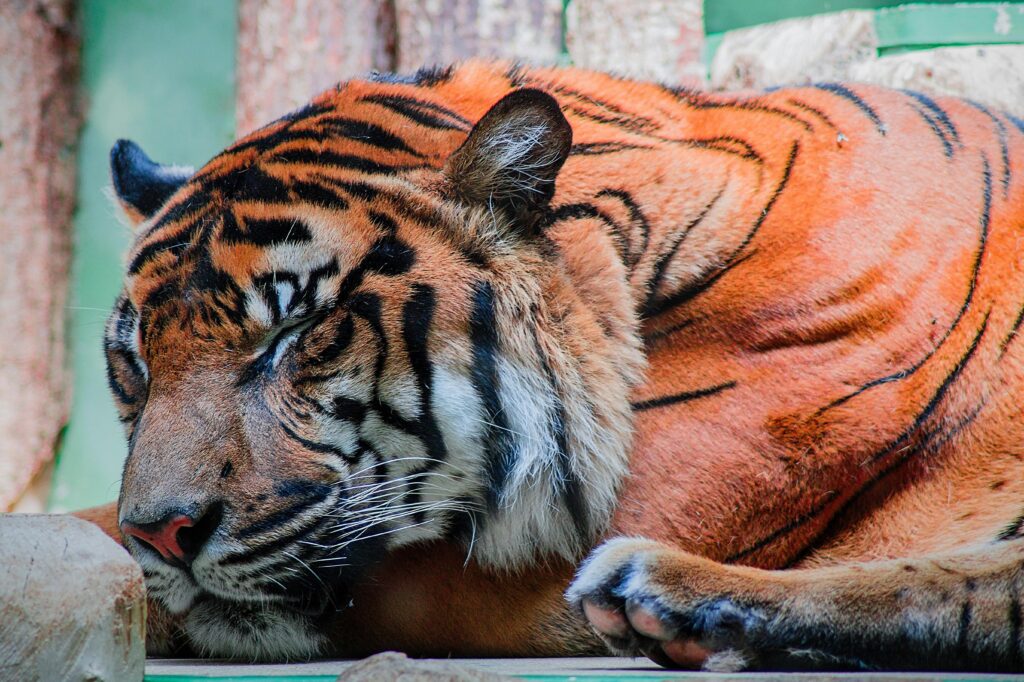
Source:https://www.pexels.com/
Bengal tigers are solitary wanderers, each staking claim to its territory. Males occupy broader domains, often overlapping with the ranges of several females. They rely on vocalizations, scent markings, and body language to assert dominance and mitigate skirmishes.
Remarkable Prowess of the Bengal Tiger
Predatory Expertise
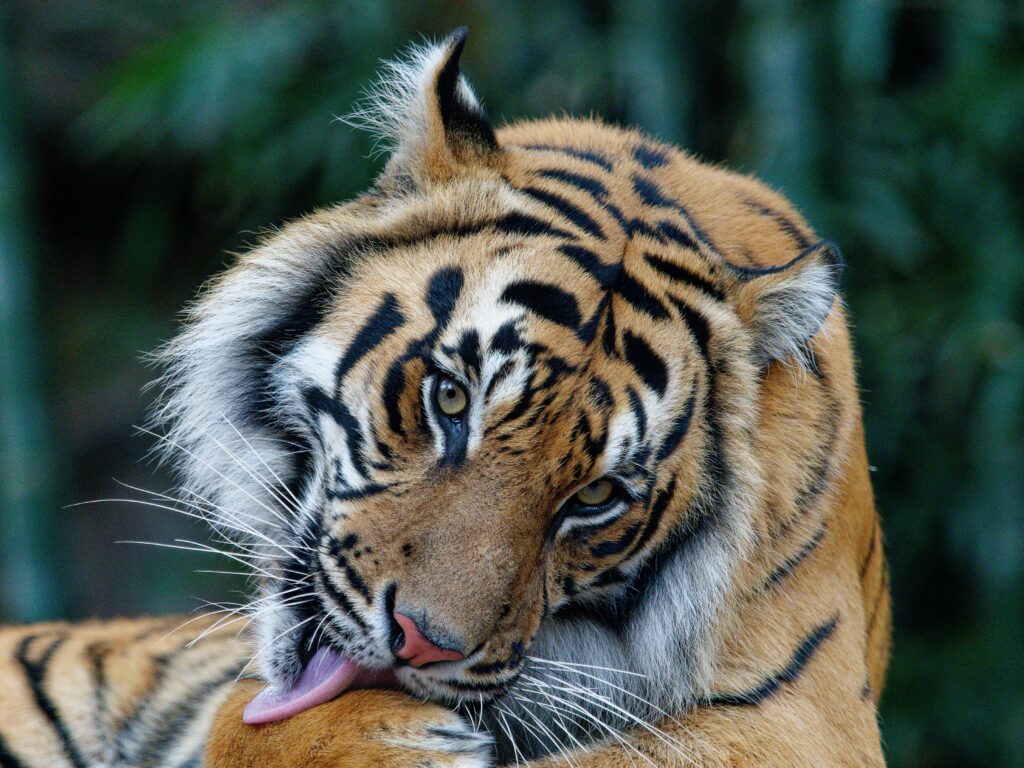
Source:https://www.pexels.com/
As an apex predator, the Bengal tiger is a master of stealth and precision. Armed with razor-sharp claws and formidable jaws, it can subdue prey several times its size. This ambush specialist employs a lethal combination of patience, camouflage, and a swift surge to incapacitate its quarry. Night hunts, aided by keen vision and sharp auditory senses, often culminate in a successful capture.
Immense Strength
The Bengal tiger ranks among the mightiest terrestrial predators. Its ability to leap up to 10 meters (33 feet) and haul prey weighing hundreds of kilograms is a testament to its unparalleled power. Their robust frames enable them to bring down formidable adversaries, including wild boars, deer, and even buffalo.
Aquatic Acumen
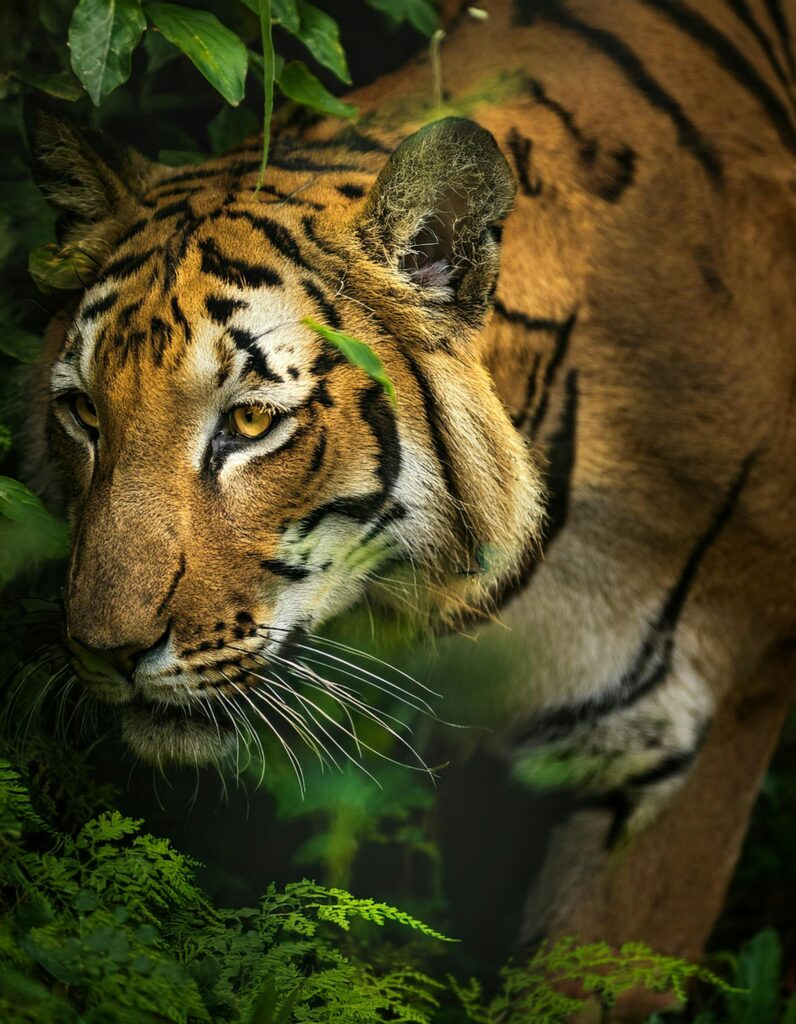
Source:https://www.pexels.com/
In stark contrast to most felines, Bengal tigers revel in aquatic environments. Not only do they swim with ease, but they also traverse expansive rivers in pursuit of prey or while relocating. This skill is particularly advantageous in watery habitats like the Sundarbans mangroves.
Refined Sensory Capabilities
Equipped with vision that far surpasses human night vision, Bengal tigers excel at nocturnal navigation. Their acute hearing discerns even the faintest rustles, while their powerful olfactory abilities help them track prey across considerable distances.
Obstacles and Threats to the Bengal Tiger
Shrinking Habitats
Rampant deforestation and relentless human encroachment are key contributors to habitat degradation for the Bengal tiger. Expanding farmlands, burgeoning urban sprawl, and unchecked logging splinter their domains, curtailing their access to prey and resources.
Poaching and Illicit Trade
The Bengal tiger is relentlessly pursued by poachers for its prized skin, bones, and organs, all of which fetch exorbitant prices in illegal wildlife markets. Despite stringent legislation and conservation measures, this menace persists as a grave peril to their survival.
Human-Tiger Conflicts
As human settlements encroach upon tiger territories, clashes between humans and tigers have intensified. Attacks on livestock and, on rare occasions, humans provoke retaliatory killings, further jeopardizing tiger populations.
Genetic Bottlenecks
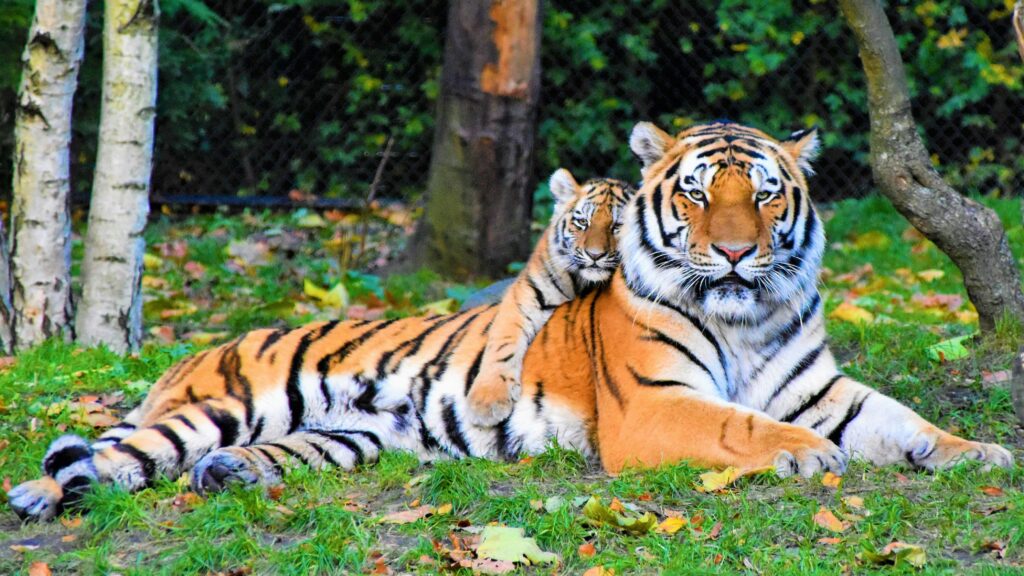
Source:https://www.pexels.com/
Isolated populations of Bengal tigers face reduced genetic variability, rendering them more susceptible to disease and hampering their ability to adapt to environmental shifts.
Fascinating Facts about the Bengal Tiger
- Colossal Presence: The Bengal tiger is among the largest felines, rivaled only by the Siberian tiger in sheer magnitude.
- Resounding Roar: Its roar can reverberate across a 3-kilometer (1.9-mile) radius, serving as a powerful territorial declaration.
- Aquatic Enthusiasm: Unlike their feline cousins, Bengal tigers are not only adept swimmers but also enjoy spending hours submerged.
- Strategic Predators: Despite their prowess, they succeed in roughly one out of ten hunting endeavors, a testament to nature’s challenges.
- National Emblem: Revered as the national animal in India and Bangladesh, the Bengal tiger is a beacon of conservation advocacy.
Conservation Endeavors for the Bengal Tiger
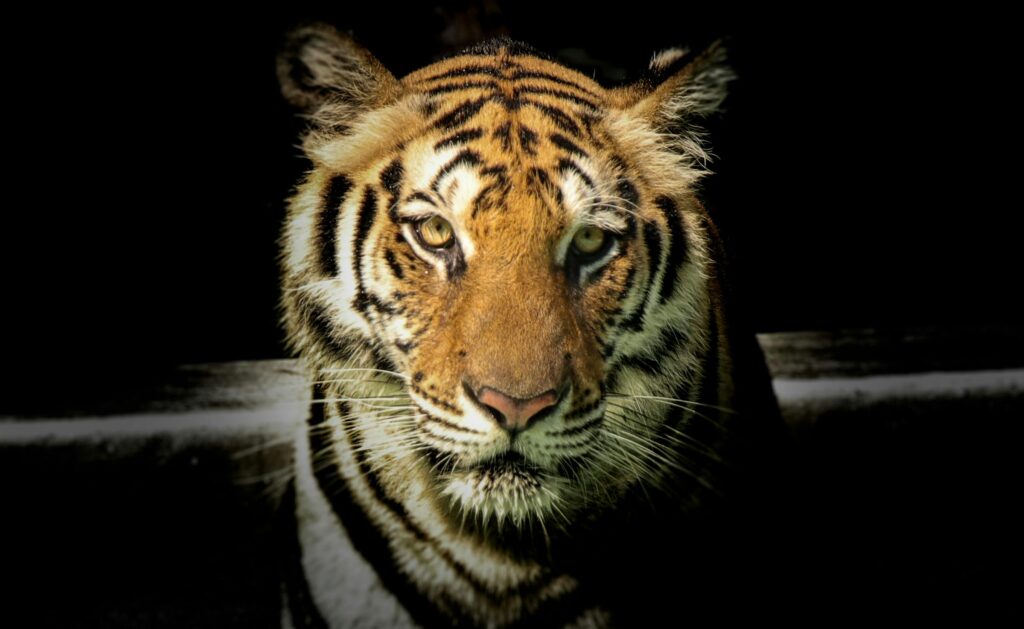
Source:https://www.pexels.com/
Classified as endangered by the International Union for Conservation of Nature (IUCN), the Bengal tiger faces a precarious future, with fewer than 2,500 individuals roaming the wild. Urgent measures are imperative to secure their existence.
- Sanctuaries and Reserves: Establishing dedicated tiger reserves and protected parks.
- Anti-Poaching Initiatives: Bolstering enforcement against illegal hunting activities.
- Community Involvement: Educating local communities about coexistence and the tiger’s ecological significance.
- Habitat Revival: Reforesting and linking fragmented regions to expand tiger territories.
Why the Bengal Tiger Is Indispensable

Source:https://www.pexels.com/
The Bengal tiger is a cornerstone species, its survival entwined with the health of its ecosystem. By regulating herbivore populations, it preserves vegetation, ensuring biodiversity thrives. Protecting this magnificent predator is not just an ecological duty but also a commitment to safeguarding the intricate balance of life it embodies.













